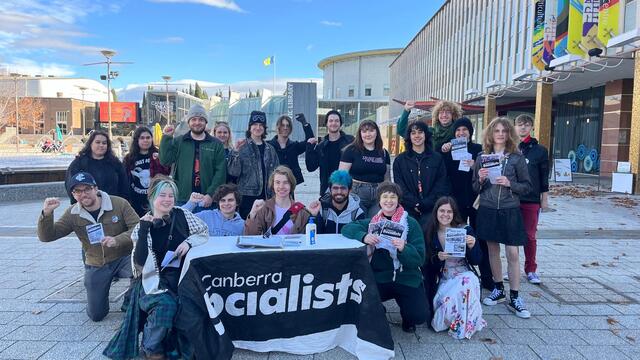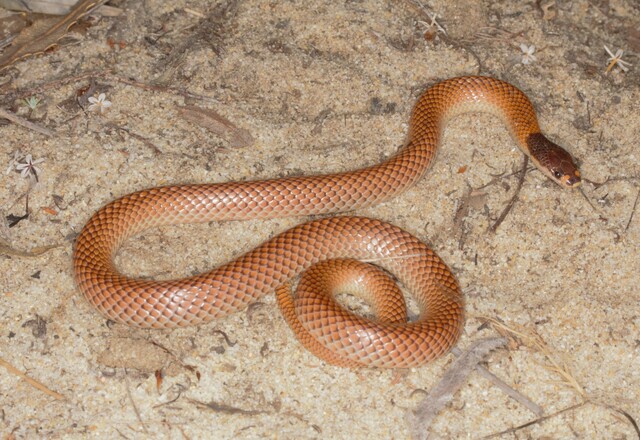Despite being one of Melbourne’s most densely populated areas located just five kilometres from the central business district, Boroondara is also a haven for native flora and fauna, which is protected by Council.
The name ‘Boroondara’ is taken from the Woiwurrung dialect that refers to ‘where the ground is thickly shaded’ – a reference to the densely wooded and forested area that made this an ideal hunting area in centuries gone by.
Latest statistics reveal that the population of the City of Boroondara is almost 164,000 people. The municipality takes in 12 major suburbs, and covers a total area of over 60 square kilometres.
Almost two-thirds of the municipality is bounded by water courses and parklands including the Yarra River, Gardiners Creek and Yarra Bend Park. These locations are highly valued as important habitat corridors and open natural spaces for passive recreation and connection with nature.
To support its significant biodiversity and natural heritage for future generations, Council implemented a Biodiversity Strategy and Biodiversity Corridors Plan in 2005.
The City also funded a detailed assessment of indigenous flora and fauna in 58 key public and private sites in Boroondara. The study closely examined Boroondara’s overall natural topography of grassy undulations, bisected by minor streams, with dominant vegetation of River Red gums and grasses. Specifically, it was revealed that the Yarra River floodplain contains important billabongs and supports platypus and rare birds such as the Azure Kingfisher; and the Yarra Bend features Ironbark trees, woodlands and the rare Melbourne Yellow gum. This zone also supports a substantial colony of the nationally threatened vertebrate species of the Grey Headed Flying Fox.
The study found that Boroondara makes a significant contribution to the biodiversity of Victoria with 335 indigenous species or genus of ferns and flowering plants and 221 native species of butterflies, fish, frogs, reptiles, mammals and birds.
The survey of the local indigenous flora and fauna provides an excellent baseline for tracking trends and changes in the biodiversity within the City. It also provides a clear indication of ways to manage, protect and enhance these assets and gives advice on appropriate plant species for revegetation.







